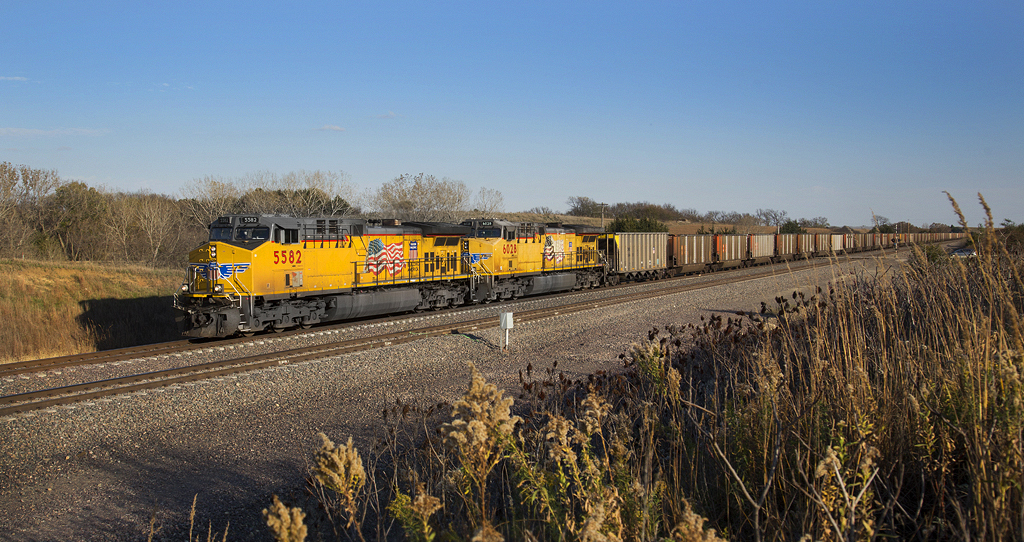
CHARLESTON, W.Va. — U.S. railroads are hauling more coal this year, and coal analysts say international demand is likely to strengthen U.S. coal exports in part to the ongoing conflict in Ukraine.
The Energy Information Administration’s latest outlook expects U.S. coal production to rise 4% in 2022 to 604 million short tons. It anticipates the U.S. will export 88 million short tons, a 3% increase. That forecast increases further to 91 million tons in 2023.
Rising international coal demand is due to Europe’s tight energy supply, driven by low natural gas reserves, lackluster wind-power generation, and a post-pandemic ramp up of the European economy. Europe relies heavily on Russian imports of natural gas, oil, and coal for electricity. Coal supply was tight before Russia invaded Ukraine in late February.
Russia’s invasion triggered U.S. thermal coal exports to reach record highs in early March with one commodity broker in a S&P Global report calling the disruption unprecedented. Current spot prices for coal originating from different basins is still well above pre-pandemic averages.
Compared to the same period a year ago, spot prices per short ton of Illinois Basin coal are up 181%; Central Appalachian up 60%; Northern Appalachia up 53%, Powder River Basin up 40%; and Unita Basin up 8%. While most coal-by-rail deliveries are negotiated in multi-year contracts, recent spot prices underscore a global appetite for coal at a time when supply is lacking.
While European sanctions levied against Russia thus far have largely neglected energy imports, European countries are considering how they can wean themselves from Russian coal, which could create opportunity for U.S. suppliers and railroads. A Reuters article notes that German imports of Russian coal are down 25%, from 50% since the war began, and the country’s power plants could go without Russian coal by this fall.
European countries may address their energy needs by inking deals with other suppliers, like the U.S., which announced this week it would supply Europe with more liquified natural gas. Europe still has a strong appetite for coal and Russia has historically been a key supplier. According to EIA data, Russia exported 262 million short tons of coal in 2021, of which 32% went to Germany, the Netherlands, Turkey, and elsewhere in Europe.
The U.S. is an important coal supplier to the same regions, especially the Netherlands and Turkey, where the U.S. exported more than 8.5 million short tons in 2020.
Current circumstances bode well for a continued international demand for thermal coal. U.S. suppliers, and the railroads that haul coal, have recently benefitted from a trade dispute between China and Australia that allowed the U.S. to beef up its thermal exports to China. Now, the U.S. could build on this momentum by backfilling European markets that gradually wean themselves from Russian coal.
Elevated natural gas prices will also increase competitiveness with coal and potentially force Europe to balance its imports of both fossil fuels. Henry Hub natural gas spot prices, the benchmark for the North American natural gas market, have receded from 2021’s peak of $5.51 per million BTU in October, but remain well-above pre-pandemic averages at $4.69 per million BTU. Coal becomes more competitive with natural gas when its price averages above $3.00 per million BTU.
Class I railroads have collectively hauled 10% more coal year-over-year, handling nearly 723,000 carloads through March 19, according to Association of American Railroads data. This eclipses a strong 2021 in which the U.S. moved the most coal since pre-pandemic 2019. Union Pacific’s coal business is 32% ahead of last year and BNSF Railway has moved 15% more coal traffic. In the East, Norfolk Southern’s coal carloads are up 1%, while CSX Transportation’s is down 12% year-over-year.
Europe’s focus on reducing its dependence on Russian energy, like China’s shift from Australian to American coal during the coronavirus, is another stark reminder how important the U.S. can be as a swing supplier, as well as the value in railroads’ ability to link coal producers with coastal export facilities. It should be another strong year for railroading’s old friend – coal.













Are there enough ships to move all this coal?
The railroads don’t have enough crews to move existing traffic, let alone any additional traffic.
Yeah, but…if the Class 1’s can’t handle increased coal business any better than they’re handling grain (https://www.trains.com/trn/news-reviews/news-wire/grain-shippers-complain-about-delays-on-bnsf-ns-and-up/) Europe may want to stock up on firewood.
We already export wood pellets from Georgia for their coal plants, so your remark is fairly accurate.
In their infinite “greenie” wisdom, the Germans shut down most of their nukes; now returning to dirty old coal to make up the difference. Smart, huh?
Interesting development. While American politics tries to diminish it, it booms anyway.